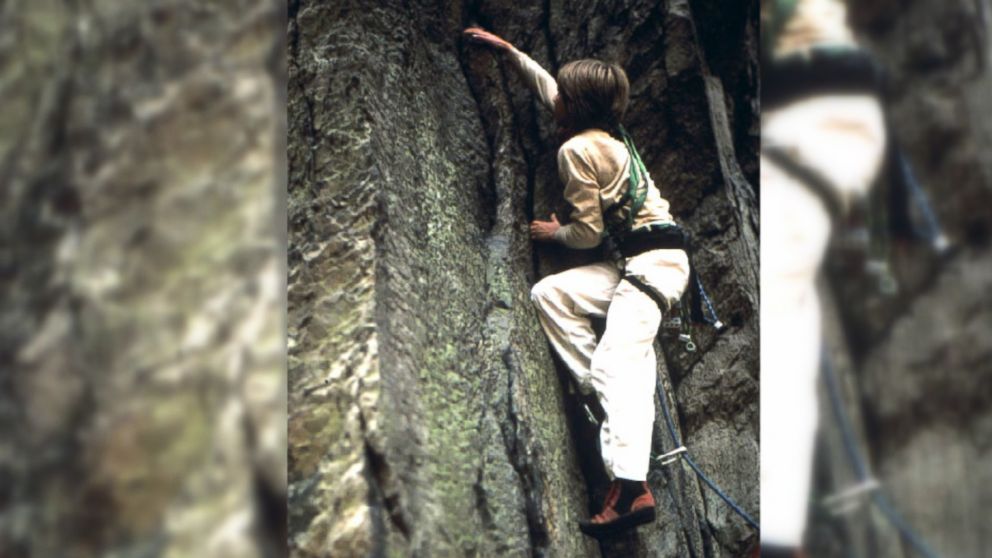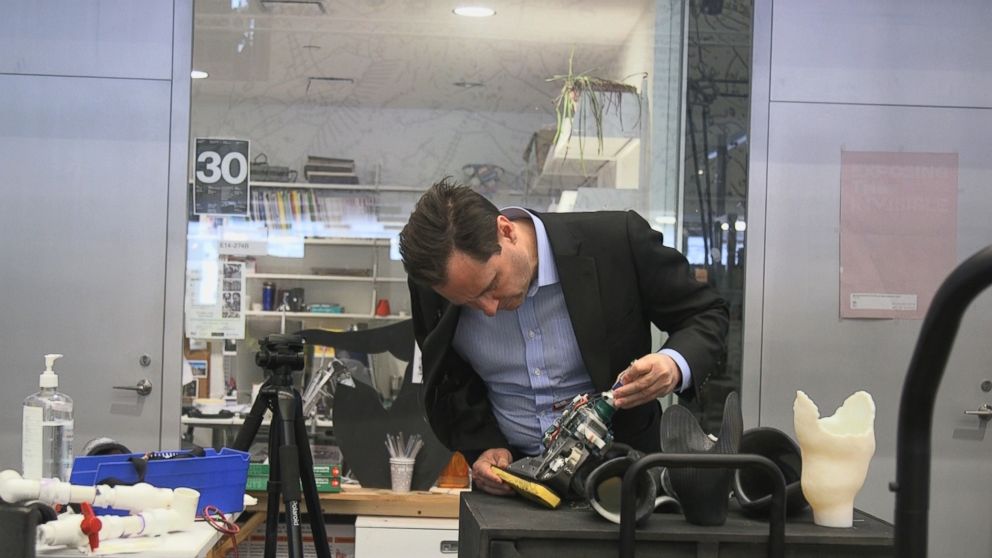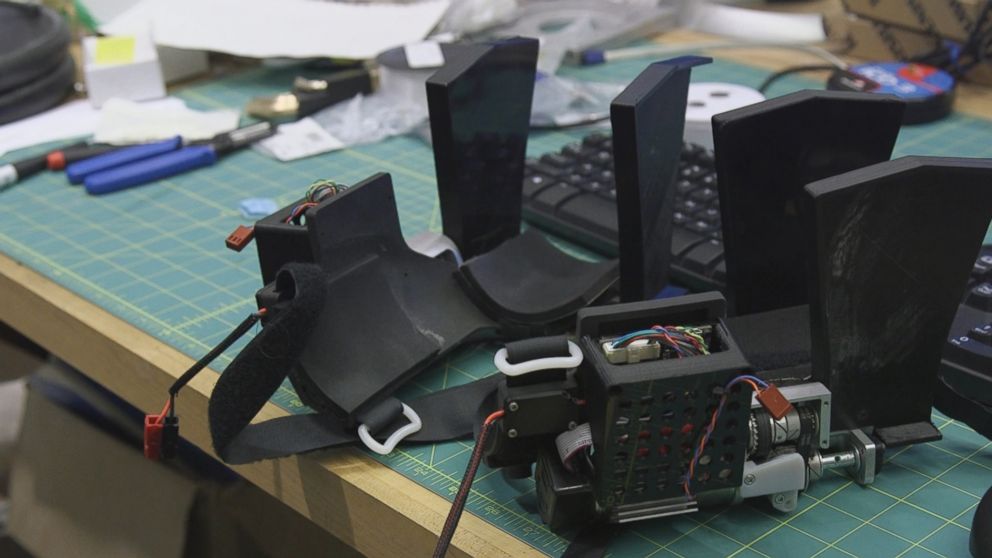The New Bionic Man: How Hugh Herr Is Changing Lives
Dr. Hugh Herr believes we can end disability in this century through bionics.
— -- Biophysicist Hugh Herr was a climbing prodigy. He would spend summers with his Mennonite family from Lancaster, Pennsylvania, in far-flung destinations across the United States, including Alaska and the Rockies. From a very young age, Herr rapidly progressed to climbing steeper and steeper mountains.

When he was 17 years old, Herr set out with a partner to ascend Mt. Washington in New Hampshire. The highest peak in the northeastern United States, the mountain is notorious for erratic and extreme weather.
Their plan was to take a route that included an 800-foot ice wall. But Herr and his climbing partner became disoriented near the summit during a blizzard and what was meant to be a single day turned into a harrowing four-day ordeal. They both suffered hypothermia and frostbite during the negative 20-degree weather. After their eventual rescue and months of effort by a medical team, both of Herr’s legs were amputated below the knee.
“When I was first fit with prosthesis, about two months after the surgery, I was just shocked at how crude and unsophisticated they were,” Herr told ABC News. “Basically, sticks if you would. I just said to myself, ‘You’re kidding me. This can’t be all that exists.’ But it was true. That was in 1982.”

“Finding the Next” full episodes will release Tuesdays on ABCNews.com and ABC News' mobile apps. The entire series is available now on ABC News apps on Apple TV, Roku & Xbox One.
Undeterred by the initial assessment that he would never climb mountains again, Herr started fabricating novel prosthesis in a machine shop. He said that two weeks after being fit with conventional prosthesis, he was rock climbing again. This time he was equipped with prosthetics of his own design.
“If you go into my closet you wouldn’t see a lot of shoes, you’d see lots of legs. Some made me taller, some made me shorter, some allowed me to get into rock fissures, some enabled me to climb on very small rock ledges the width of a coin,” Herr said. “Think ‘Inspector Gadget.’”
The same intensity he brought to rock faces, Herr brought to the laboratory. In MIT’s Media Lab on a sprawling second floor, Herr continues to push the boundaries of prosthetics. His mission is twofold: to assist people with disabilities and to augment human capabilities, all with bionics.

Justin Pratt, a certified prosthetist of the Osser Academy, said these kinds of motorized prosthetics are “of the future.”
“Bionics is pretty much the way it [prosthetics] is progressing,” he told ABC News, pointing out that bionics are becoming more attainable. Herr lifts his pant leg to reveal the world’s first bionic foot and calf system, which is sold by his startup company, called BiOM. It’s an intricate device of gleaming metal, wires and buzzing machinery.
Each prosthesis has three very small computers the size of a fingernail, he explained. The computers take in sensory information and then run an algorithm that controls a network of motors. These motors, along with mechanical tendon actuators, enable the user to walk, stand and run. Herr demonstrated, ascending a spiral staircase with ease and a smooth gait.
“It's a very interesting time in human history where we’re transitioning from mere tool use to a seamless integration between the human body and the built world,” Herr said, noting that he believes in a future where people will routinely wear bionic systems that enable everyone to jump higher, run faster and carry heavy loads for longer.
To reach this goal, his team at MIT was the first to advance an exoskeleton, according to Herr. While it might not have the flash and bulk of Iron Man’s suit, the exoskeleton can easily be worn outside of clothing and enables the user to run or walk with less energy through novel electromechanics. The system of small battery-operated motors provides extra mechanical power on the user’s push-off. Herr describes it as the sensation of gliding on an airport runway.
“Technology is an extension of evolution,” Herr said. And what seems like science fiction today could be our reality tomorrow.
For more stories from our “Finding the Next” series, tab the bell icon on this story in ABC News’ phone app. Download ABC News for iPhone here or ABC News for Android here.




